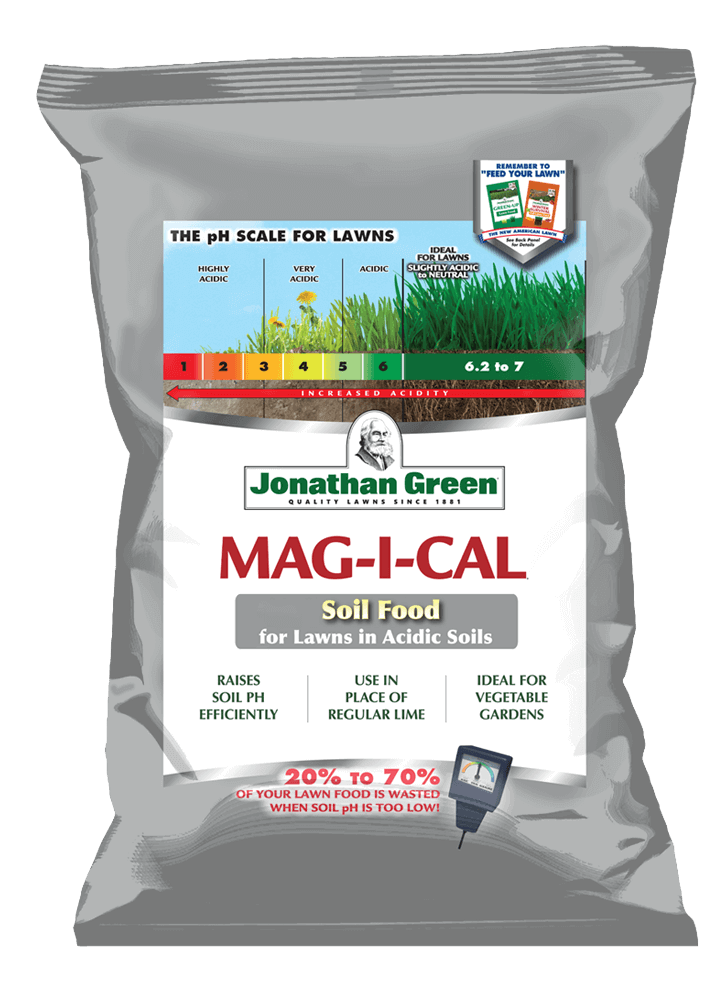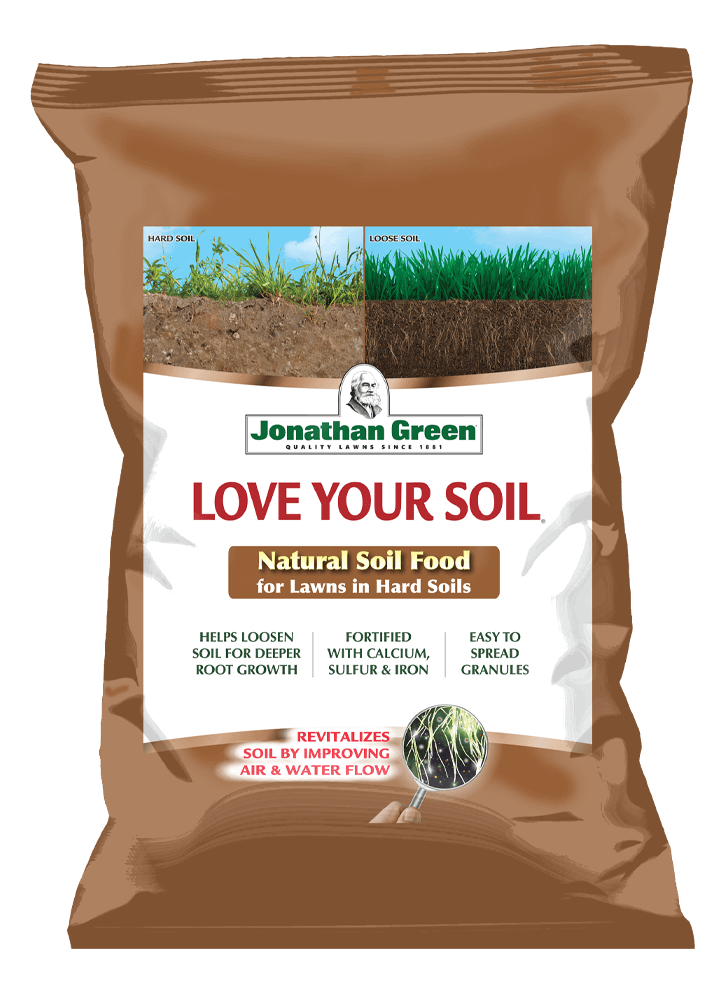Seed-to-Soil Contact is the Key when Seeding
Seed-to-Soil contact is the key when seeding a lawn. I moved into a new house and decided to have my lawn mowing company re-seed the property this fall. My lawn was in decent shape when I moved in, I would give it a “B” grade, but since I’m in the lawn business I felt I better have the best lawn on the block. The job went pretty well but they could have done much better, let’s explore why.
We decided to do the work in early September, as I mentioned many times, early fall is the best time to seed your lawn. I happened to get home a little earlier than usual that day and I could see how the project progressed. The lawn areas where mowed first and then it was time to start the aeration process. I was not present on the lawn for every moment they were working but looked out the window every 15 to 20 minutes from the house or walked out and gave them the thumbs up signal every once in a while. Aeration works best utilizing a round metal drum with weight attached to a pull-behind tractor or walk behind-type aerator you can rent at the power mower shop. The aeration “drum” can have spikes which punch holes into the soil 4” to 5” deep or plugs that can pull out soil plugs in order to reduce compaction and improve water, air and nutrient penetration into the soil for better root and grass plant growth. The landscaping crew had both a tractor-pull and walk behind aerator crisscrossing the property to aerate all lawns area evenly and completely. The lawn looked pretty torn up at this time but this is what you want to see in order to get good seed-to-soil contact.
I supplied Mag-I-Cal® for Lawns in Acidic Soil and Love Your Soil® to apply after aerating so these nutrients would penetrate deep into the root zone; they spread them after aeration was complete. What’s next? Seeding time! Of course, I provided high quality Jonathan Green grass seed; this is always a must for best long-term results. They started seeding while I was making a phone call. I looked outside and they were almost done when I noticed something I did not like, they were using a whirly-bird rotary-type spreader to apply the seed! This is a big no, no, a large portion of the grass seed was just sitting on top of the existing grass blades and would not get down into the soil to germinate, what a waste after all the great effort. You need to use a power machine to seed into existing lawn areas for best seed-to-soil contact results!
Mentioned Products
Well, to make a long story short, I asked them why they did not use a slit seeder and they said they do their seeding this way almost all of the time; I had to bite my tongue. A few weeks later yes, some of the seed germinated and thickened the lawn but, I also had grass growing in the cracks of the sidewalks, in landscape and flower beds, in mulched areas around trees, all over the place. Needless to say I will not use their services anymore.
Like growing corn, tomatoes, trees, shrubs or flowers, you need to have proper contact with the soil to succeed. Do not cover the seed with too much topsoil, just lightly rake the seed into the top ¼” of soil, do not bury the seed. Mix peat moss or any organic matter into the soil and apply grass seed over it. Use a seeding machine if at all possible to slit seed the grass into the soil for best results when over-seeding. I know I have covered this this number of times before. I hope your fall seeding was successful. Fortunately my lawn actually looks very good at this time; I’ll give myself an “A.”

